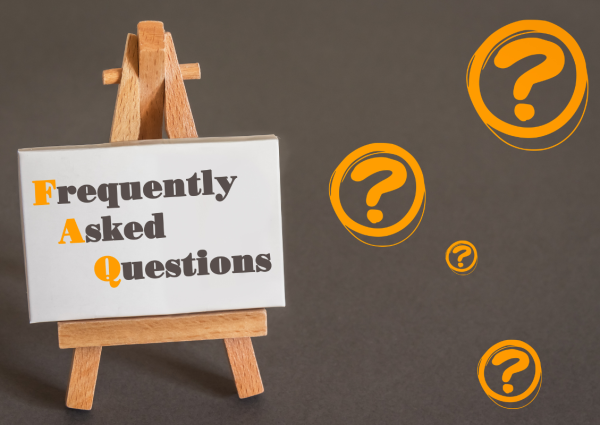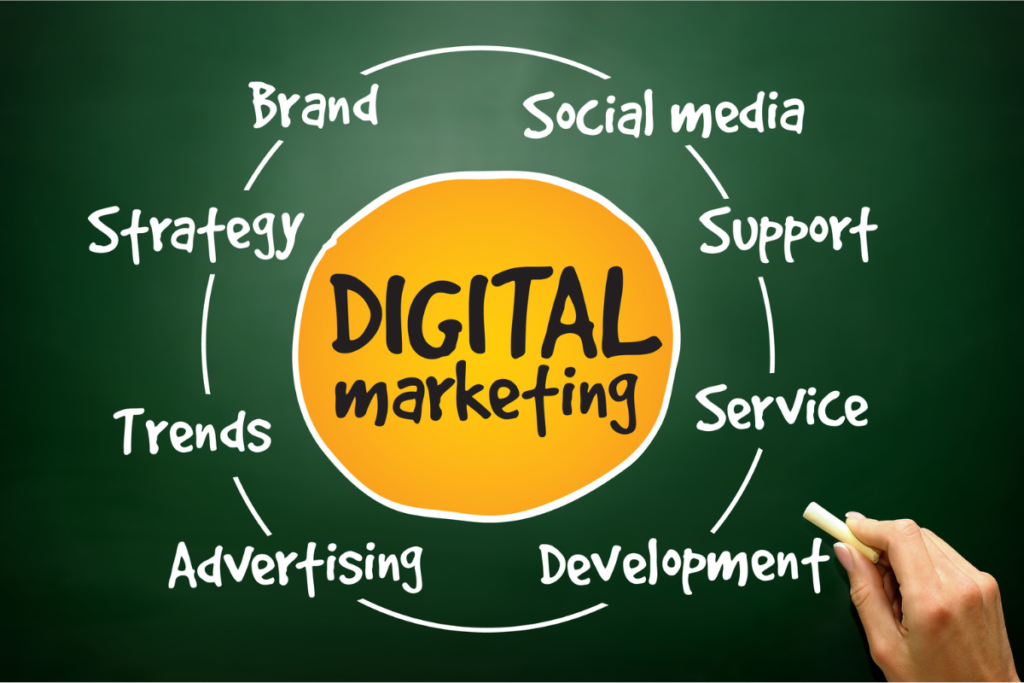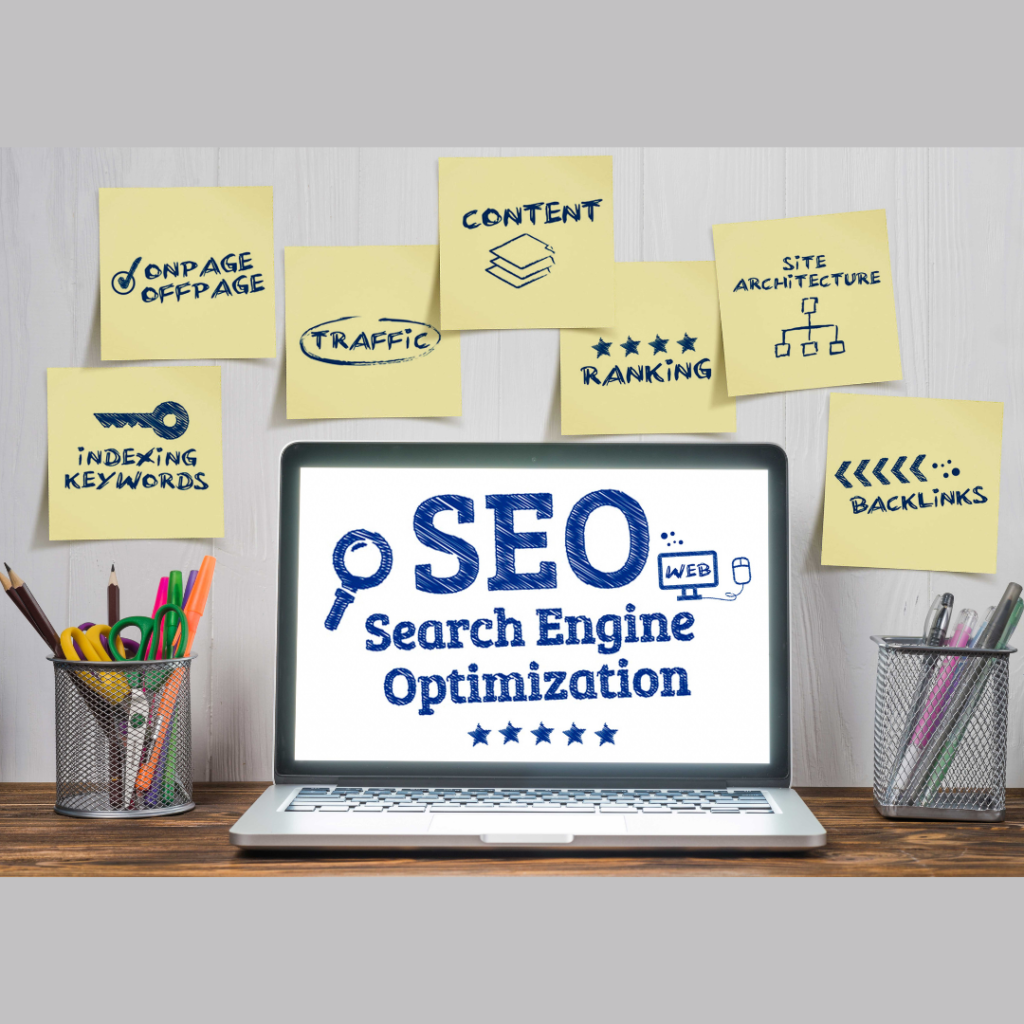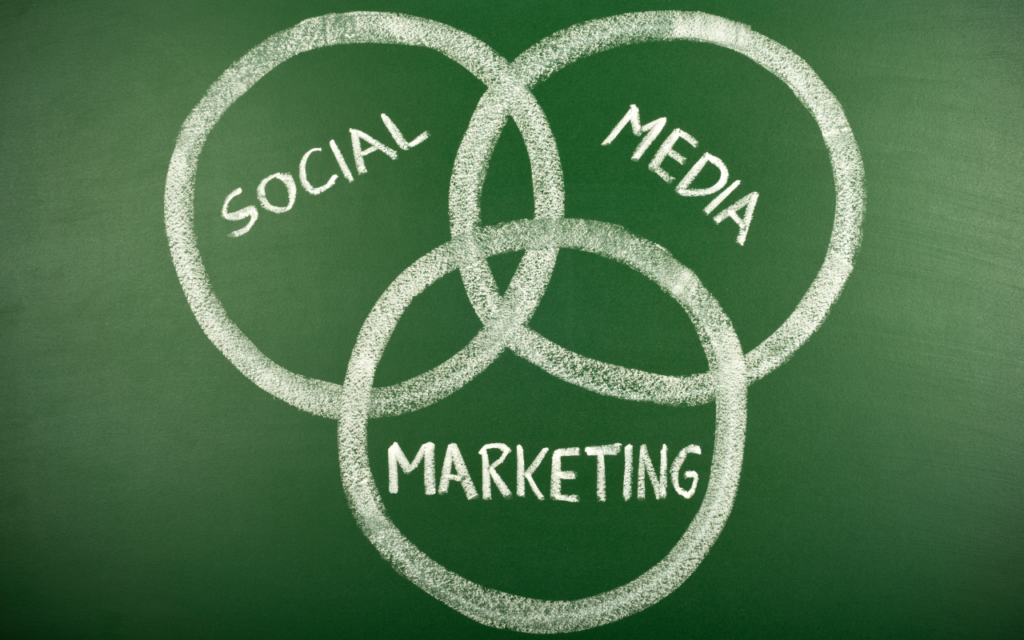Learn everything about content marketing with this complete guide. From crafting a winning strategy to understanding the latest trends in 2024, Importance of Storytelling in Content Marketing, Types of Content, Common Mistakes to Avoid, this in-depth resource covers all the essentials to help you succeed.
Table of Contents
What is Content Marketing? A Complete Guide

“Content marketing focuses on developing and sharing valuable and consistent material to engage a targeted audience and foster lasting connections.” In today’s digital age, content marketing is essential for businesses to establish authority, build relationships, and nurture trust.
Brands today use content marketing as a long-term strategy, designed to provide continuous value to their audience, which, in turn, fosters customer loyalty and drives organic growth.
Why Content Marketing Matters ?

Content marketing continues to be a critical aspect of digital marketing for several reasons :
Improved Brand Awareness: Regular, valuable content helps potential customers learn about your brand in a non-intrusive manner.
Cost-Effective Lead Generation : Content marketing generates three times more leads than traditional marketing and costs 62% less.
Enhanced Customer Engagement : Consistent, engaging content encourages ongoing dialogue between your brand and your audience.
Supports SEO Efforts : Well-optimized content can help you rank higher in search engines, driving more organic traffic to your website.
How to Create a Content Marketing Strategy That Drives Results
An effective content marketing strategy demands thoughtful planning and precise implementation. Here are the essential steps to create a strategy that delivers measurable results:
Define Your Business Goals
Before crafting your content, define what you hope to achieve through content marketing. Whether your goals include brand awareness, lead generation, customer education, or boosting sales, these objectives will guide your entire strategy.
Identify Your Target Audience
Creating content without a clear understanding of who it’s for is ineffective. Define your audience by developing buyer personas based on demographics, needs, behaviors, and preferences. Understanding your audience allows you to craft relevant content that speaks directly to their pain points and interests.
Select Content Types and Platforms
Based on your audience’s preferences, choose the most effective content types—blogs, videos, infographics, podcasts—and decide where to publish them. Each platform has its unique audience and requirements, so ensure you tailor your content to each one.
Conduct Competitor Research
Examine your competitors’ content strategies to uncover potential gaps and opportunities for improvement. Understanding what your competitors are doing well, and where they fall short, can help you differentiate your content and add more value to your audience.
Plan a Content Calendar
Content Marketing Tools and Resources
Developing, overseeing, and sharing content can be quite intricate. Fortunately, there are plenty of tools available to help streamline content marketing efforts. Consider these essential tools for your needs
Content Creation Tools
Grammarly: Helps improve grammar, tone, and clarity in your writing.
Canva: A simple design tool for creating infographics, social media graphics, and more.
Loom: Allows you to create quick video content with screen recording.
Content Management Systems (CMS)
WordPress : One of the most popular CMS platforms for managing blogs and websites.
HubSpot : A comprehensive marketing platform that includes a CMS, CRM, and marketing automation tools.
Google Analytics : Provides in-depth analysis of your website’s traffic, user engagement, and behavior patterns.
Ahrefs : A robust SEO tool designed for keyword research, competitor insights, and backlink monitoring
SEMrush : An all-in-one marketing toolkit for SEO, content marketing, and PPC.
Content Distribution Tools
Mailchimp: An email marketing platform that helps distribute newsletters and promotional content to your subscribers.
Understanding Your Audience: The Key to Effective Content Marketing

Knowing your audience inside and out is critical for creating content that resonates. Here’s how to explore audience insights in depth
Segment Your Audience
One size does not fit all. Your audience likely consists of different segments, each with unique needs and preferences. Divide your audience based on demographics, interests, behaviors, or buying journey stage. Segmenting your audience enables you to provide personalized content that targets their unique needs
Utilize Data Analytics
Leverage data analytics tools to track audience behavior, interests, and interactions with your content. By analyzing metrics like time on page, bounce rates, and conversions, you can adjust your content to better serve their needs.
Conduct Surveys and Feedback
The Importance of Storytelling in Content Marketing

Storytelling is a crucial part of content marketing because it engages audiences emotionally and makes your brand more relatable. Here’s why storytelling is vital:
Emotional Connection
Humans are wired to respond to stories. By incorporating storytelling into your content, you foster an emotional connection that helps build trust and loyalty. People are more likely to engage with a brand they feel a connection with.
Simplifies Complex Information
Storytelling can simplify complex information. By framing data or technical content in the form of a narrative, you make it easier for your audience to understand and retain the information.
Enhances Brand Recall
Types of Content Marketing : Blogs, Videos, Infographics, and More...
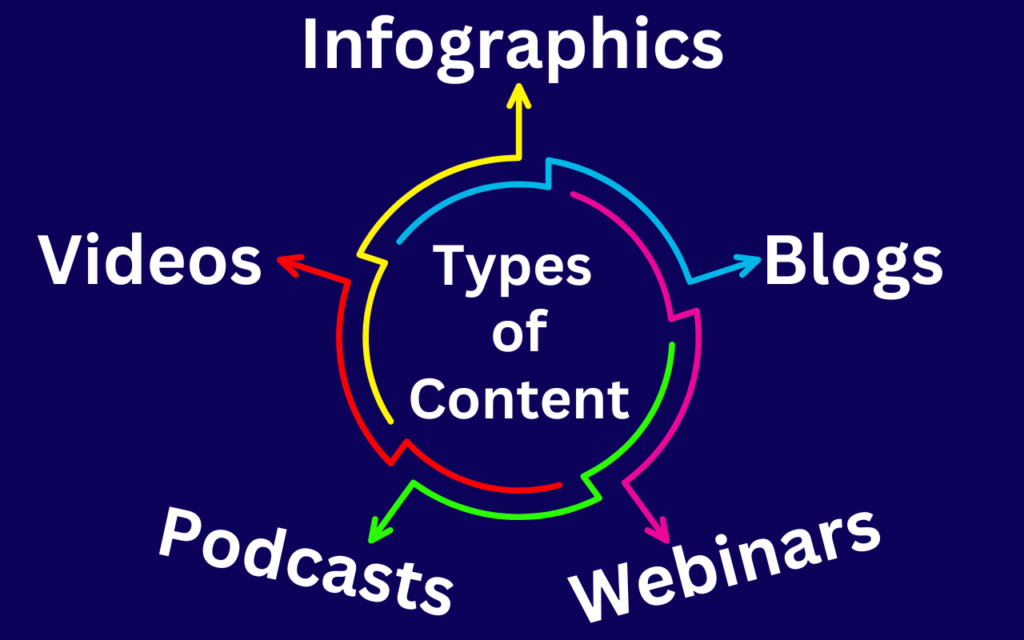
Diversifying your content mix helps reach different segments of your audience. Here’s a summary of popular content types
Blogs
Blogs are foundational to content marketing, offering a space for long-form, SEO-optimized articles that provide value. Regular blogging also helps improve your website’s search engine ranking and authority.
Videos
Videos are rapidly emerging as a leading format for content marketing. They are highly engaging and can convey complex information quickly and effectively. With platforms like YouTube, and Instagram video, brands can reach broader audiences through this medium.
Infographics
Infographics provide visual representations of data and information, making it easier for readers to digest and share. They are particularly effective on social media platforms and can drive engagement.
Webinars
Webinars offer in-depth learning opportunities for your audience. They are an excellent tool for businesses looking to educate their audience, build authority, and generate leads.
Podcasts
Content Distribution : How to Get Your Content Seen

Creating content is just the beginning. You need to ensure your content reaches the right audience through effective distribution. Here’s how:
Share your content across platforms like LinkedIn, Facebook, Twitter, and Instagram. Tailor your content for each platform by adjusting formats, captions, and images.
Paid Promotion
If you want to increase visibility, consider using paid ads. Platforms like Facebook Ads and Google Ads allow you to target specific demographics, ensuring your content reaches the right people.
Email continues to be one of the most effective methods for content distribution. Build an email list and send newsletters that feature your most valuable content. You can also segment your list to provide personalized content recommendations.
Influencer Collaboration
Partnering with influencers in your industry can boost your content’s reach. Influencers have established audiences that trust their opinions, so collaborating with them can bring attention to your content.
Content Syndication
How to Measure the Success of Your Content Marketing Efforts

Tracking the success of your content marketing strategy is essential for refining your approach. Here’s how to measure your results:
Track the number of visitors to your website or blog to assess its reach and performance. Use tools like Google Analytics to monitor how much traffic each piece of content generates and where it’s coming from.
Engagement Metrics
Engagement metrics include likes, shares, comments, and the time users spend on a particular piece of content. Strong engagement metrics demonstrate that your content is successfully resonating with and engaging your audience
Lead Generation
Generating leads is one of the key goals of content marketing. Track how many new leads your content is bringing in through sign-ups, downloads, or contact forms.
Monitor your content’s performance in search engine rankings to gauge its effectiveness. Use tools to track keyword rankings, organic traffic, and backlinks to understand how your content contributes to SEO goals.
Content Marketing Trends to Watch in 2024

As technology and consumer behavior evolve, so does content marketing. Watch out for these important trends in 2024.
AI-Generated Content
AI tools like ChatGPT are increasingly being used to generate content at scale. While human-written content remains essential for building trust and authenticity, AI can help with content ideation and creation.
User-Generated Content (UGC)
User-generated content (UGC) is content created by consumers rather than brands. This trend is growing as people often trust peer reviews and shared experiences more than branded messaging. Motivate your audience to provide feedback and share their stories related to your products or services
Interactive Content
Engaging content like quizzes, polls, and calculators is gaining popularity. It provides a more engaging experience and encourages users to spend more time on your site.
Short-Form Video
How to Redesign Content for Maximum Reach

Redesigning content is an efficient way to maximize the value of your efforts. Here are a few approaches to redesigning content.
Turn Blog Posts into Infographics
Transform data-heavy blog posts into infographics to present information more visually and engagingly. This makes the information more digestible and increases its shareability.
Create Video Tutorials from Written Content
Take key points from your blog posts and create video tutorials or presentations. Videos often reach different segments of your audience and can drive more engagement.
Use Excerpts in Social Media Posts
How to Stay Consistent with Content Creation
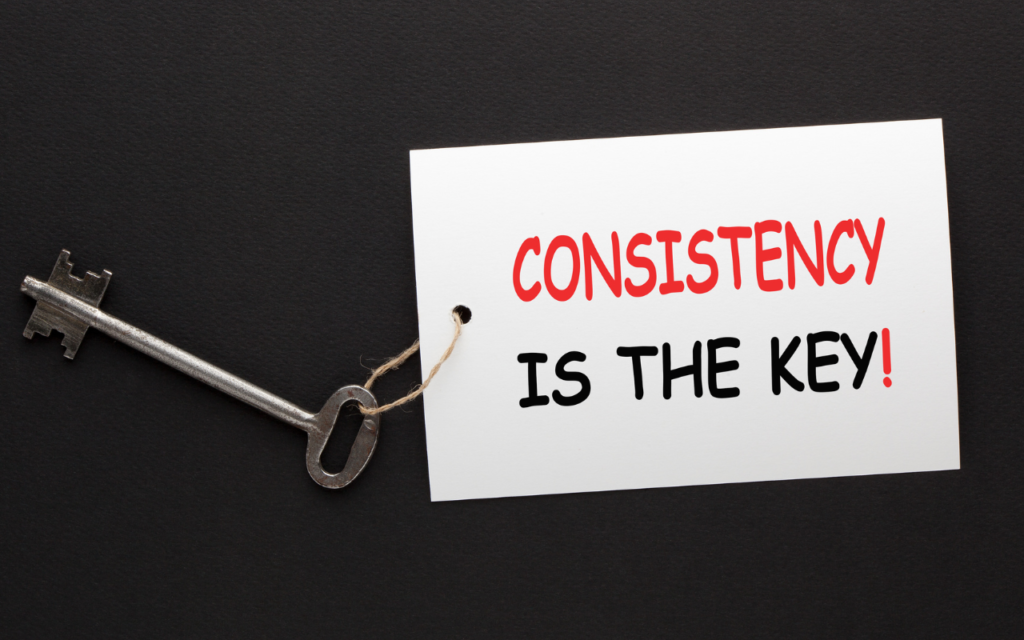
Consistency is key in content marketing, but it’s often challenging to maintain a steady flow of high-quality content. Here’s how to ensure you’re consistent in your content creation efforts:
Use a Content Calendar
A content calendar allows you to organize your plans and guarantees a consistent stream of content. It allows you to map out when and where you’ll publish content, keeping you on track.
Batch Content Production
Batching refers to creating multiple pieces of content in one sitting. This can save time and ensure that you always have content ready for publication. For example, you could write several blog posts in a single day and schedule them for future release.
Outsource Where Needed
If you find it challenging to maintain your content creation pace, think about outsourcing part of the workload. Hire freelance writers, video editors, or graphic designers to help maintain the quality and consistency of your content.
Repurpose Existing Content
Common Content Marketing Mistakes to Avoid
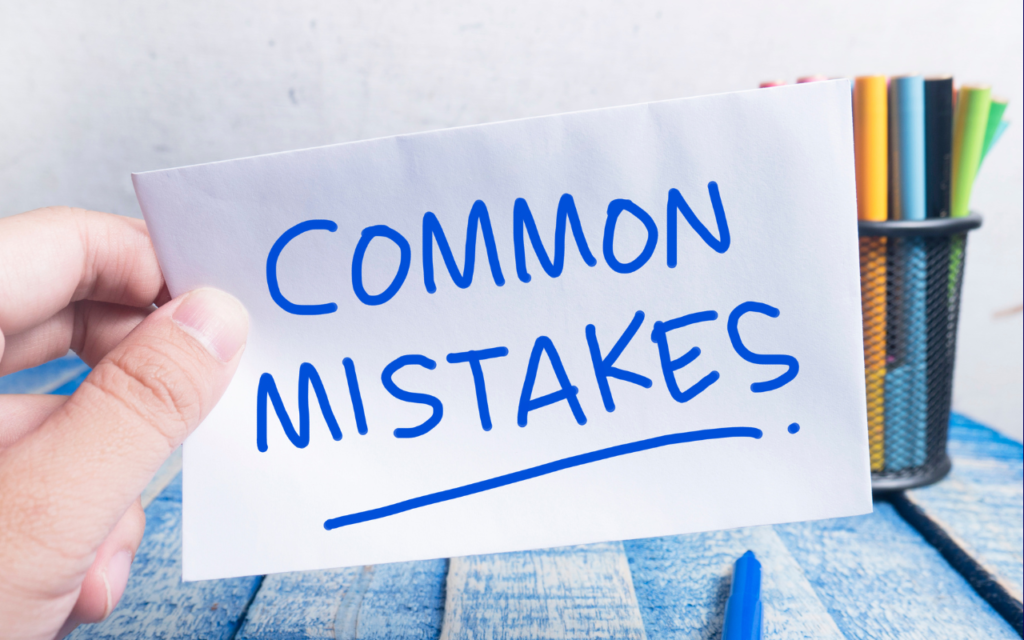
Content marketing can be highly effective, but only if done correctly. Avoid these common pitfalls.
Focusing Too Much on Sales
Content marketing is about providing value first, not pushing for an immediate sale. Although driving conversions is important, content that is too promotional may push your audience away. Focus on solving problems and offering insights instead of constantly promoting your products or services.
Not Knowing Your Audience
Without a clear understanding of your audience, your content will miss the mark. Dedicate time to develop buyer personas and customize your content to meet their unique needs and preferences.
Inconsistent Posting
If you’re not publishing content consistently, it’s harder to build an engaged audience. Establish a clear schedule and commit to following it
Ignoring SEO
Creating valuable content is important, but if no one can find it, it won’t drive results. Always optimize your content for search engines by using relevant keywords, optimizing meta descriptions, and focusing on quality backlinks.
Lack of a Clear Strategy
The Role of SEO in Content Marketing
SEO (Search Engine Optimization) and content marketing complement each other perfectly, working together to enhance visibility and drive traffic. Without SEO, your content might not achieve its maximum visibility. Here’s how SEO supports content marketing:
Keyword Research
Keyword research is the process of identifying the search terms your audience uses when looking for information. By incorporating relevant keywords into your content, you increase the chances of ranking higher in search engine results
On-Page Optimization
On-page optimization refers to the various elements of your content that impact SEO, such as meta descriptions, title tags, headers, and internal linking. These components help search engines understand your content’s relevance to the user’s query.
Content-Length and Quality
Longer, in-depth content tends to rank better on search engines. However, quality is just as important as length. Ensure your content provides genuine value and is free from fluff.
Backlinks
Backlinks from trusted websites signal to search engines that your content is credible and authoritative, which can help boost your rankings. Content marketing can help you earn backlinks when your content is valuable enough to be referenced by other sites.
User Experience
The Importance of Visual Content in Marketing
Visual content plays a crucial role in today’s content marketing landscape. People process visuals faster than text, and they’re more likely to engage with content that includes images, videos, or infographics. Here’s why visual content is essential:
Increases Engagement
Posts that include images or videos typically see higher engagement on social media platforms compared to text-only content. Visuals capture attention and make it easier for users to digest information quickly
Improves Retention
People retain 65% of information when it’s presented visually, compared to just 10% from text alone. Including visuals in your content helps your audience remember the information more effectively
Enhances Storytelling
Visuals help bring stories to life. Whether you’re using images, graphics, or video, visuals make it easier to convey emotions and create a more compelling narrative.
Boosts SEO
Frequently Asked Questions
The frequency of content publishing depends on your business goals and resources. However, consistency is key. Aim for a schedule you can maintain—whether that’s weekly, bi-weekly, or monthly.
B2B content generally emphasizes informative and educational materials such as whitepapers, case studies, and blog posts. B2C content is often more emotionally driven and includes formats like social media posts, videos, and consumer-focused blog posts.
Content marketing is a long-term strategy. It may take several months to see significant results, especially in terms of SEO. However, consistent content creation and distribution will lead to gradual growth over time.
